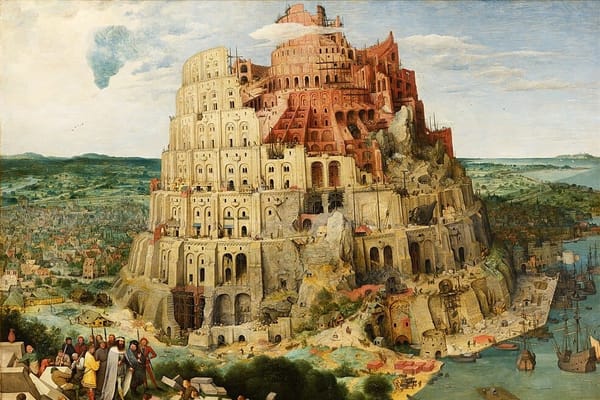Plum Pudding
The Plum Pudding Riots led to the second round of the Civil War.

Key words
- Douse: to throw water or another liquid on someone or something
To get rid of weeds, I douse them with plain white vinegar.
- Frown on: to disapprove of something or someone
You can wear jeans, but I think the restaurant frowns on shorts and sneakers.
- Idolatry: the act of praying to a picture or object as part of a religion
He was accused of idolatry for praying at the tomb.
- Coincide: to happen at or near the same time
I timed my vacation to coincide with the children's.
- Brawl: a physical fight involving a group of people, especially in a public place
They had a brawl in the street after the pub closed.
Read the article to find the answers
- How is Plum Pudding served?
- Why were Minced Pies only served at important celebrations such as Christmas?
- How often did the Puritans fast?
- What caused the Plum Pudding Riots?
Plum Pudding
Plum pudding is a sweet pudding traditionally served as part of the Christmas meal in Britain. It originated in medieval England, with early recipes using dried fruit, suet, breadcrumbs, flour, eggs and spices, along with fortified wine. The word 'plum' was then used for what we now call a 'raisin', so the pudding does not actually contain plums. When it was ready to be served, it was decorated with holly, doused in brandy and set on fire.
Plum pudding became known as Christmas pudding during the Victorian era, when cookery writer Eliza Acton wrote the first recipe for 'Christmas pudding'. It was customary to hide a silver coin in the pudding mix for a lucky person to keep.
Mince Pies
Mince pies were packed with the same citrusy dried fruit soaked in brandy and spiced like plum pudding, but wrapped in crumbly pastry. The sweetness came from the dried fruit or honey, as sugar was not widely available. Spiced pies were not an everyday meal. Because of the cost of the ingredients, they were only served at important celebrations such as Easter and Christmas.

As part of the religious celebration, images of the baby Jesus were placed on top of the pies, but seventeenth-century Puritans frowned on this as a form of idolatry, and by the end of the century the images were nowhere to be seen.
The Plum Pudding Riots
Puritans once tried to ban Christmas celebrations because they would coincide with one of Parliament's regular fasting days. They reminded the people that fasting was to be observed on the last Wednesday of every month - even if that Wednesday fell on the 25th of December.

The people of Canterbury protested against the fast day with a football match followed by a mass brawl. The riots, known as the Plum Pudding Riots, led to a royalist rebellion across Kent and the second round of the Civil War.
Discussion questions
- Do you have any questions about any of the vocabulary or grammar in this article?
- Do you like dried fruits?
- Have you ever tried Plum Pudding or Mince Pies?
- What are the most expensive foods in your country?

Book a Lesson
Improve your English language communication skills by practicing with a qualified and experienced native speaker.





